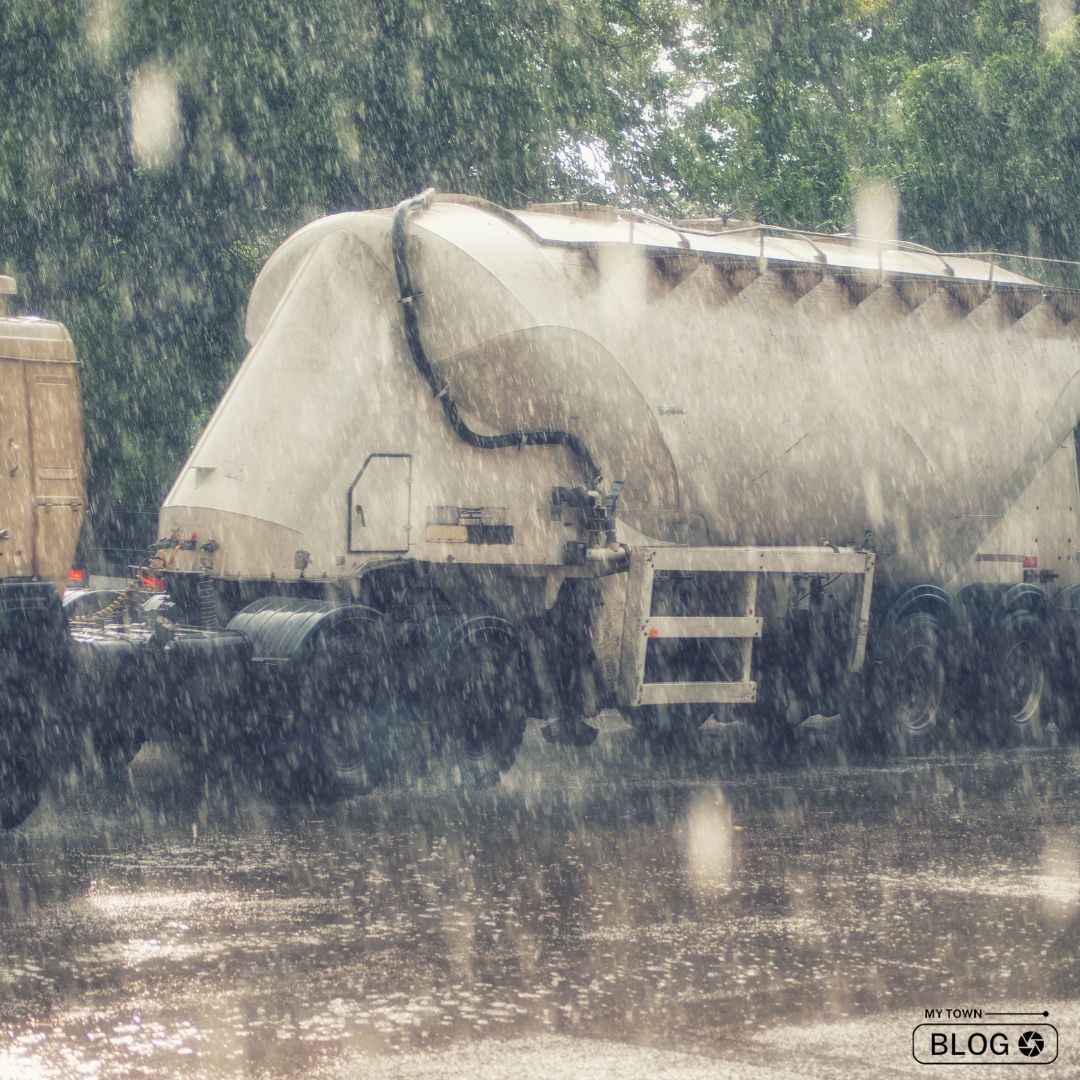Gujarat, a western Indian state known for its diverse landscapes, is currently grappling with the relentless onslaught of monsoon rains. The state, renowned for its historical and cultural richness, is facing a significant challenge as heavy rainfall continues to wreak havoc across various regions. This report delves into the unfolding situation, detailing the impact, government response, weather forecasts, and challenges faced by both residents and authorities in the wake of Gujarat rainfall.
Government Response
Gujarat government spokesperson and senior minister Rushikesh Patel reported that 12,644 individuals have been evacuated from eight districts, and 822 people have been rescued from seven districts. Patel conducted a review meeting at the State Emergency Operation Centre (SEOC) in Gandhinagar to assess. The situation along with top officials and district collectors via video conferencing.
Deployment of Disaster Response Teams
Ten teams each from the National Disaster Response Force (NDRF) and State Disaster Response Force (SDRF) have been deployed in the affected districts.
Immediate Aid and Assistance
Efforts are underway to provide food and medical assistance to those affected by the floods, according to a government release.
Weather Forecast
The India Meteorological Department (IMD) has issued a heavy rainfall warning for Gujarat until September 20. The forecast includes heavy to very heavy rains in Patan, Morbi, and Kutch districts on Tuesday. Additionally, isolated heavy rains are expected in Banaskantha, Anand, Bharuch, Surat, Porbandar, Junagadh, Bhavnagar, and Dwarka.
Challenges and controversy
The state government faced criticism from opposition leaders for releasing water from the Sardar Sarovar Dam on the Narmada River, which contributed to the flooding. Gujarat government officials defended the move, citing the high inflow into the dam due to heavy rainfall in its upstream and catchment areas.
Impact on Infrastructure and Villages
The Sardar Sarovar Dam reached its full reservoir level (FRL) with a significant outflow. The Western Railway had to cancel 25 trains and divert others as water levels approached the river bridge. Bharuch and Ankleshwar witnessed flooding in low-lying villages along the riverbank.
Relief Efforts
Authorities in Bharuch shifted over 5,800 people to safer locations, while the NDRF conducted numerous rescue operations, including for pregnant women, children, and other vulnerable residents.
Alerts and rescues
In Vadodara district, 45 villages received alerts after parts of the district were flooded. Several villages, including Sindhrot, Chokaripura, Mahipura, Nizampura, and Krushnapura, were affected. About 700 people were moved from low-lying areas to safer locations in the taluka.
Kadana Dam Inflow
Kadana Dam in Mahisagar received a substantial inflow, resulting in significant releases into the Mahi River. The last time such high releases occurred was in 2006.
Ukai Dam Release
Ukai Dam in Surat released water for the first time this monsoon, with alerts issued to 20 villages in Surat district.
Kakrapar Weir Overflow
Kakrapar weir, ahead of Ukai dam, overflowed, further contributing to the water levels.
Monitoring and Assessment
Officials are closely monitoring inflow and weather conditions in the catchment areas, with a focus on managing the dam water levels and ensuring public safety.
Rainfall Records
Junagadh district experienced heavy rainfall, particularly in Visavadar taluka, with the Dhrafad and Ozat rivers swelling. Visavadar received an impressive 12 inches of rain in a short period, bringing the total rainfall for the season to 207 percent of the long-term annual average. Other areas, including Mendarda, Vanthali, Junagadh rural, and Junagadh city, also reported heavy rainfall.
Conclusion
The saga of Gujarat’s relentless rainfall paints a picture of resilience in the face of nature’s fury. With over 12,000 people evacuated and dams placed on high alert, the state government and disaster response teams have been working tirelessly to safeguard lives and property.
FAQs
What are the major sources of rainfall in Gujarat?
Rainfall in Gujarat primarily comes from the Southwest Monsoon, Arabian Sea, and cyclonic systems. The state also receives some rainfall from the Northeast Monsoon during the winter.
Are there regional variations in rainfall within Gujarat?
Yes, Gujarat experiences regional variations in rainfall. The coastal areas, like Saurashtra and Kutch, receive less rainfall compared to the southern and eastern regions due to their proximity to the Arabian Sea.
How does Gujarat’s rainfall impact agriculture in the state?
Adequate rainfall is crucial for agriculture in Gujarat. It supports the cultivation of various crops, including cotton, groundnut, and rice, contributing significantly to the state’s economy.
What are the main factors that can lead to droughts in Gujarat?
Droughts can result from insufficient monsoon rainfall, high evaporation rates, and overexploitation of groundwater, leading to water scarcity and agricultural challenges.
How does the Indian Meteorological Department predict and monitor rainfall in Gujarat?
The IMD uses weather models, satellite data, and ground observations to predict and monitor rainfall in Gujarat, providing valuable forecasts for farmers and authorities.
How does the availability of water impact daily life and industries in Gujarat?
Water availability directly influences daily life, agriculture, and industries in Gujarat. Shortages can affect drinking water supply, industrial production, and power generation.
What is the role of the Narmada River and its canal system in Gujarat’s water supply?
The Narmada River and its canal system, like the Sardar Sarovar Dam, play a crucial role in providing water for irrigation, drinking, and industrial use in Gujarat, contributing to the state’s water security.








